This post is part of a series of reports from Global Voices’ collaboration with Map Kibera and Map Mathare that took place during the Global Voices Summit in Nairobi in July 2012.
Story and photos by: Laura Schneider
In some parts of the world, there is often a stereotypical view of visiting poorer parts of urban cities, such as “favelas” in Brazil or “Villas Miserias” in Argentina. Some may think that a visit to these places may put themselves at risk for robbery, rape, and even murder. That is often the case for visitors that mention to local residents that they will be visiting Kibera in Nairobi, Kenya, that it is simply not safe. But upon closer investigation about Kibera and the Map Kibera Project, the conclusion that comes up is that there is much more than pre-existing judgements about these slums.
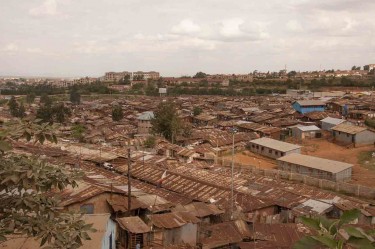
Kibera – a view
The Global Voices team that went to Kibera divided up into different groups in order to research, investigate, and later reflect what we saw. The “nowhere group” as we called it sought to wander around the slum, interact with residents, and be able to document what we saw.
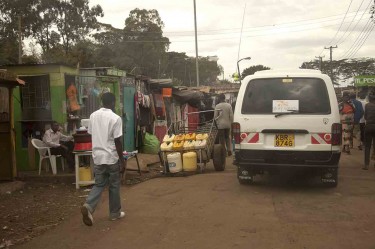
Entering Kibera
Eddie, one of the members of the Map Kibera project took us around, sometimes telling us where we could use our camera and where we should not. He also provided explanations about each place that we visited, as well as introduced us to projects for youth taking place in Kibera.
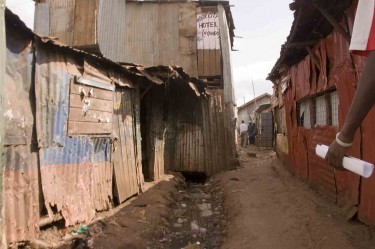
Walking around Kibera
After walking around for a while, we stopped at ERIK Enhancing Revitalization In Kibera a non-profit organization that empowers youth through sports, and by providing services like counseling. Another important activity teaches the youth how to recycle garbage, which is quite prevalent around the slum.
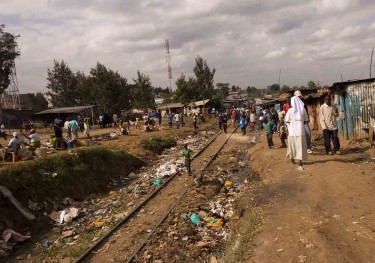
Garbage around railway

Garbage recycle at Kibera
The Taking It Global page describes ERIK's mission as:
To promote healthy lifestyle among youth of Kenya and mold global citizens amongst them to make cognizant leaders in all walks of life, motivated by the desire to make the world a better place for youth everywhere in the world
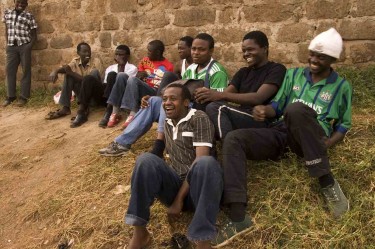
Enhancing Revitalization In Kibera (ERIK)
And the page continues:
Kibera suffers from acute environmental degradation due to primarily overcrowding. There is scarcity of sanitation facilities like toilets, taps and designated rubbish dumps. Residents’ use of “flying toilets” (using a plastic bag for their business then depositing it on the street) poses a health hazard to all inhabitants of the slum. These conditions lead to chronic pollution and make life uncomfortable for young people and the community in general.
As young people, we need to take initiatives that promote a clean environment for us and the community around us. We feel it is necessary because:
• By cleaning and maintaining the environment, we shall be serving the community in general
• There are few Community Based Organization that are making efforts or effecting a change towards environmental cleanliness in Kibera hence a need to involve young people.
After walking around and seeing so many beautiful smiles from kids, interesting projects such as the one mentioned above, we can learn something: “do not prejudge slums.” We can learn a few lessons and replicate as well. Slums such as Kibera are victims of government who watch from the side, and which does not make basic needs a priority for a country as a whole.

Kids at Kibera




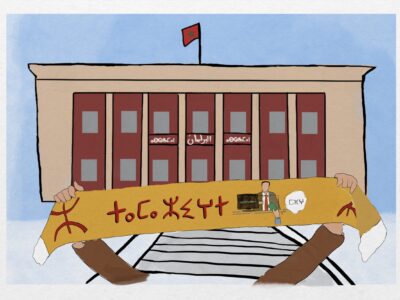
2 comments